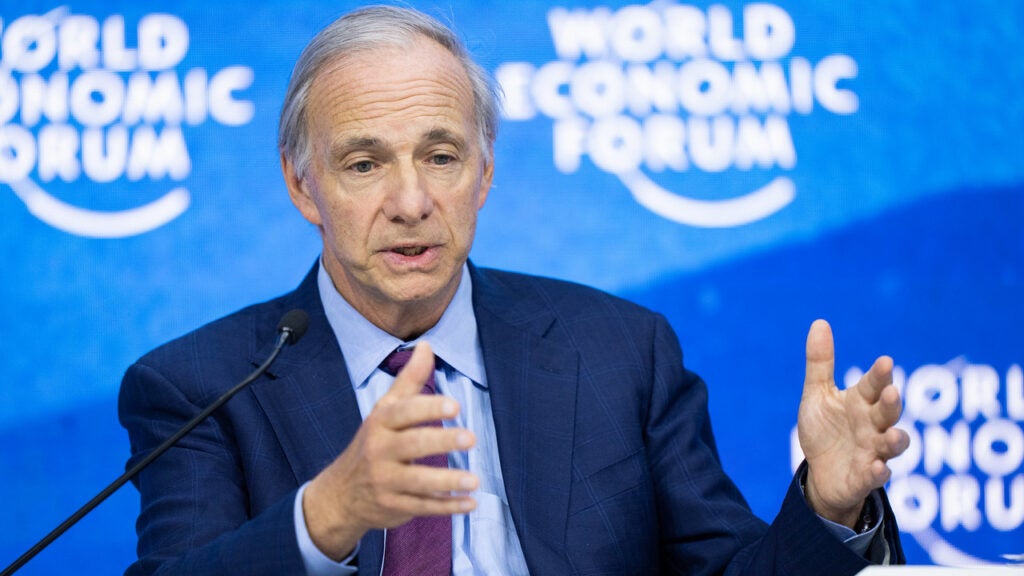
In a recent LinkedIn post, billionaire investor Ray Dalio, founder of Bridgewater Associates, offered his insights on China’s economic future, suggesting the country stands at a critical juncture.
What Happened: Dalio’s analysis comes in the wake of significant policy announcements by Chinese leadership, including President Xi Jinping and key economic bodies.
Dalio highlighted three key factors that have set Chinese markets “on fire”: A “reflationary barrage” of fiscal and monetary policies, strong statements supporting free markets, and the current low valuation of Chinese assets.
The investor compared the potential impact of these developments to former President of the European Central Bank Mario Draghi‘s famous “whatever it takes” moment during the European debt crisis, emphasizing the historical significance of China’s policy shift.
Drawing on his 55 years of experience as a global macro investor, Dalio outlined two potential paths for China: Engineering a “beautiful deleveraging” that reduces debt burdens and stimulates productivity, or allowing the debt crisis to drag on, potentially leading to economic stagnation similar to Japan’s experience.
Dalio emphasized that success hinges on Chinese policymakers’ ability to restructure bad debts, lower interest rates below inflation and nominal growth rates, and monetize debt if necessary while weakening the currency to devalue debt.
“For China’s policymakers to engineer a ‘beautiful deleveraging,’ they have to lower debt burdens by simultaneously doing debt restructurings that clean the bad debts out of the system (which is deflationary) while also creating money and credit (which is stimulative and inflationary) in a balanced way,” Dalio wrote.
Despite the positive market reaction, Dalio identified several key challenges: Complex and politically charged debt restructurings, especially at local government levels; the need for comprehensive tax system reform; and demographic issues, including early retirement ages and a declining working population.
Dalio placed China’s economic situation within a broader framework of global forces, including internal political conflicts, external geopolitical tensions, natural disasters and climate change, and technological advancements. He suggested that these developments are part of a larger cycle that will shape the future global order.
See Also: Tesla Rivals Li Auto, XPeng Clock Record September Deliveries, End Q3 On A Strong Note
Why It Matters: China’s recent economic strategies come at a time when the nation is poised to surpass the United States in advanced technology and military manufacturing by 2035, as reported by the South China Morning Post. This strategic shift reflects China’s ambition to strengthen its global economic and technological influence.
However, the recent market rally following China’s stimulus plan has raised questions about its long-term sustainability. While the CSI 300 index surged nearly 16% last week, there are concerns about the structural issues within China’s economy, particularly in the real estate sector.
Additionally, the United States has voiced concerns over China’s secretive emergency loans to debt-laden countries, citing transparency issues. This has prompted calls for greater clarity from China regarding its lending terms.
Read Next:
Image via Flickr/ World Economic Forum
Disclaimer: This content was partially produced with the help of AI tools and was reviewed and published by Benzinga editors.
Market News and Data brought to you by Benzinga APIs
© 2024 Benzinga.com. Benzinga does not provide investment advice. All rights reserved.
